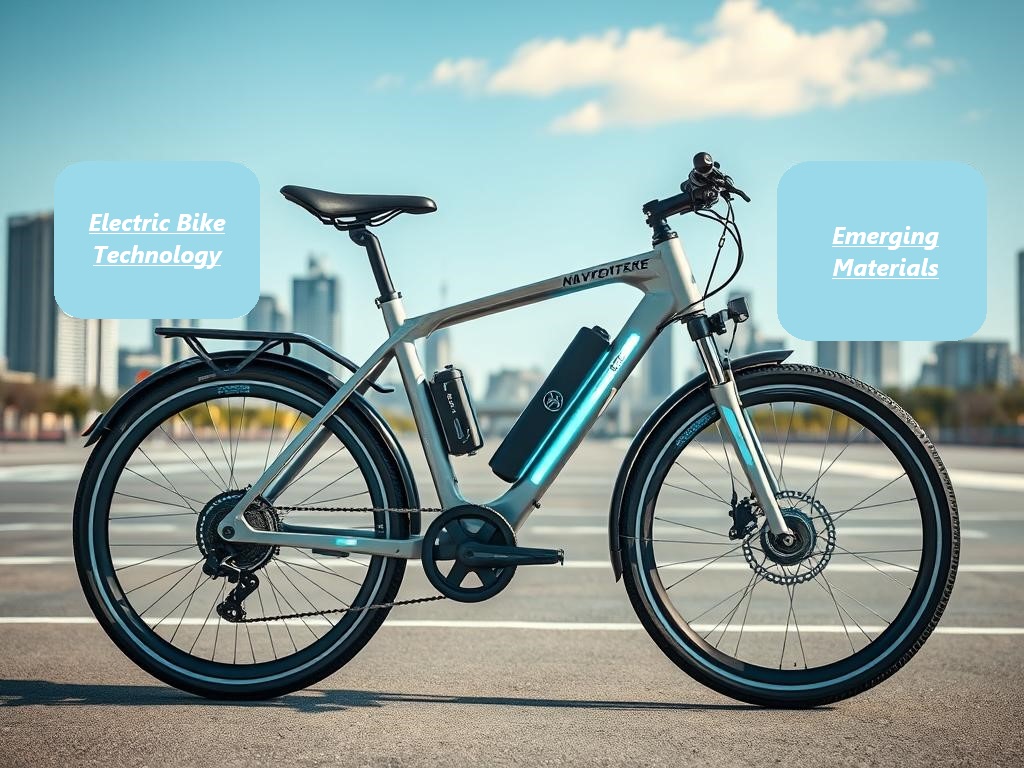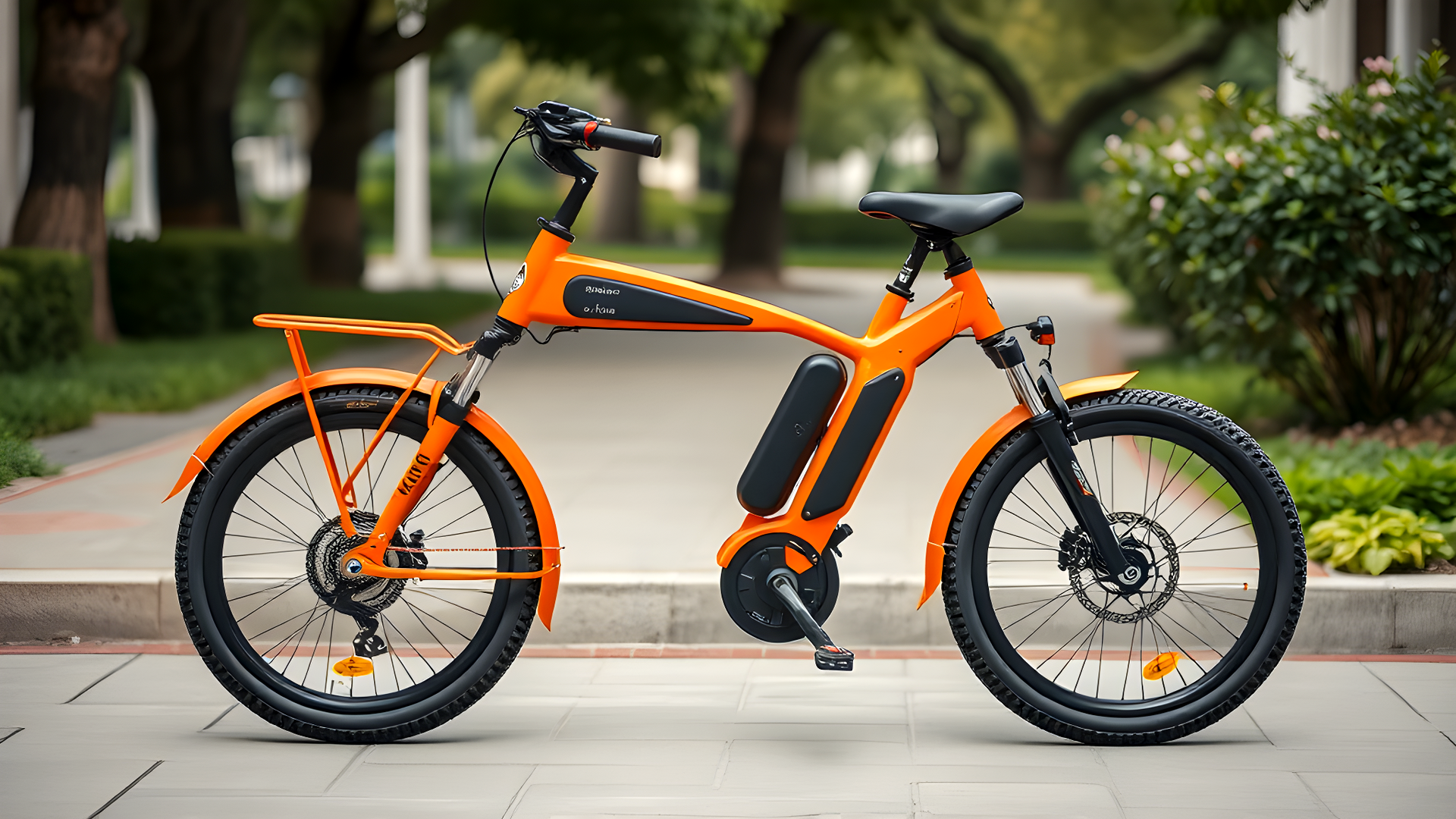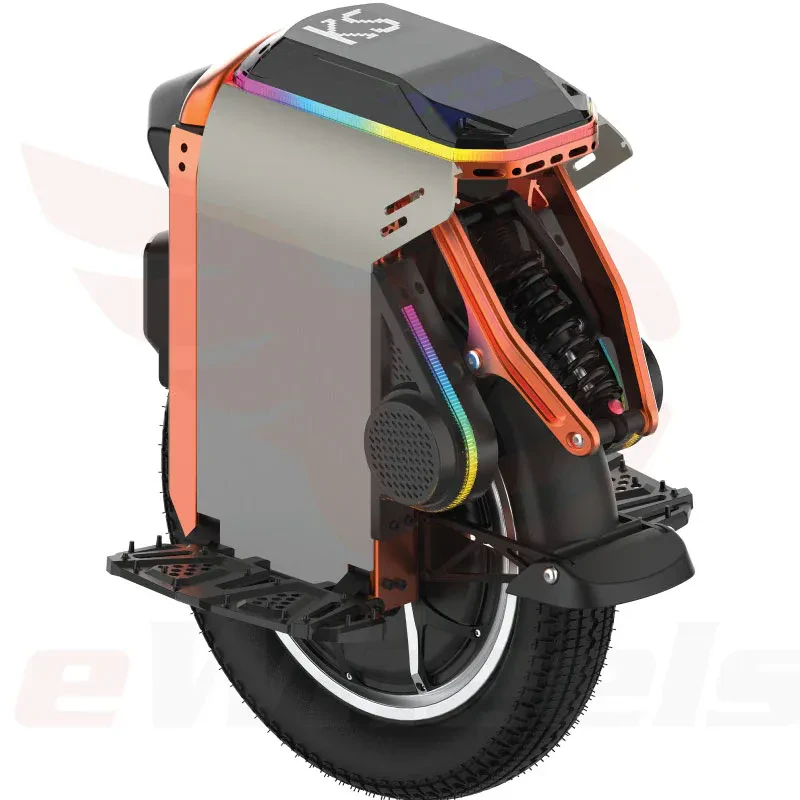Imagine cycling through a city while your
What role will emerging materials in electric bike manufacturing play in shaping the future of sustainable transportation? The use of advanced
Advanced
The Evolution of E-bike Materials: A Technical Revolution
The
Old materials like steel and aluminum were common. But now, carbon fiber and advanced composites are used. They are making them lighter, stronger, and last longer. This makes them more attractive to many people.
Traditional Materials vs. Modern Alternatives
Old and new materials differ a lot. Modern materials, like carbon fiber, are stronger and lighter. They help make them more efficient. Also, sustainable materials come from recycled sources, helping the environment.
Impact on Performance and Efficiency
New materials greatly improve
Carbon Fiber Composites: Lightweight Performance Redefined
Carbon fiber composites have changed the cycling world. They offer a great strength-to-weight ratio, perfect for eco-friendly materials. Using carbon fiber in
Research has led to new ways to make carbon fiber frames. Companies like Trek and Giant are making high-quality frames that are both strong and light. These frames use eco-friendly materials, improving performance and reducing environmental harm.
Carbon fiber composites bring many benefits. They make bikes lighter, which means they work better and use less energy. Also, using eco-friendly materials cuts down on carbon emissions, appealing to those who care about the planet. As more people look for eco-friendly materials, we'll see more use of carbon fiber in bikes.
Advanced Aluminum Alloys and Their Applications
Aluminum alloys are key in making electric bikes lighter and stronger. They help reduce weight without losing strength or durability. Heat-treated aluminum innovations boost
Using advanced aluminum alloys in e-bikes has many benefits. They resist corrosion and are easier to weld. But, they can face issues like fatigue and stress corrosion cracking. To solve these, makers use special manufacturing processes and techniques to create top-notch aluminum parts.
Studies show advanced aluminum alloys make e-bikes better. For instance, an Aluminum Association study found they can cut bicycle weight by up to 30%. This leads to faster acceleration and longer range. As bike technology advances, so will the role of these alloys.
Emerging Materials in E-bike Manufacturing: Latest Breakthroughs
The
New materials are being tested. They show great promise. They could make electric bikes more efficient, and lighter.
One big area of interest is finding lightweight materials. Lighter bikes can go farther and faster.
Reports and studies show exciting new materials. Advanced composites and nanomaterials are being tested. They aim to meet the need for fast, green bikes.
As innovation moves forward, we'll see big changes. The
 Sustainable and Eco-friendly Material Solutions
Sustainable and Eco-friendly Material Solutions
The world of Revolutionary materials is moving towards greener options. Now, we're seeing more focus on using biodegradable parts. This helps cut down on waste.
Research shows Emerging materials in electric bike manufacturing can greatly lower carbon footprints. For instance, using recycled materials in frames cuts down landfill waste and saves natural resources.
Biodegradable Components
Now, we're seeing the rise of plant-based composites in bike parts. These materials are a step towards making e-bikes more eco-friendly. They offer a greener alternative to traditional materials.
Recycled Material Integration
Another big push is towards using recycled materials in e-bikes. This includes recycled aluminum and steel for frames. It means less need for raw materials and less waste overall.
Smart Materials and Responsive Technologies
The growth of Advanced materials has greatly improved
Eco-friendly materials help reduce environmental impact and make them more sustainable.
Shape Memory Alloys
Shape memory alloys change shape with temperature changes. They're perfect for
Self-Healing Materials
Self-healing materials fix themselves after damage. They're great for
Battery Housing and Electronic Component Materials
In building electric bikes, choosing materials for battery housing and electronics is key. They must ensure safety, and efficiency, and be good for the planet. Innovative materials are being made to shield batteries and electronics from water, dust, and extreme heat. These are tough, light, and eco-friendly materials, helping to lessen e-bikes' environmental footprint.
Studies reveal that innovative
The world of innovative materials and eco-friendly materials is always changing. With more people wanting e-bikes, we'll see even more creative solutions. This will push the industry towards a greener future.

Electric Bike Battery Technology
Electric bike battery technology is undergoing a revolutionary transformation, driven by the dual demands of performance and sustainability. Lithium-ion batteries have long been the standard, but emerging alternatives like solid-state batteries promise to enhance energy density while significantly reducing charging times.
This leap forward could allow
The integration of smart technology is reshaping how we think about battery management and maintenance. With features like real-time health monitoring and predictive analytics, riders can now receive alerts about potential issues before they become critical.
This not only extends the lifespan of the battery but also enhances safety, giving cyclists peace of mind as they navigate urban landscapes or rugged trails. As manufacturers continue to innovate, we can expect to see more eco-friendly materials being utilized in battery production, ultimately contributing to a greener cycling experience.
Transforming the Future: Industry Impact and Market Evolution
The
These materials are not just changing e-bikes. They're also influencing laws and consumer preferences. This opens up new opportunities for manufacturers and retailers. Experts predict the
The future of
Key Takeaways
- Emerging materials in electric bike manufacturing are transforming the industry
- Advanced electric bike materials enhance performance and efficiency
- Sustainable transportation options are driving the demand for emerging materials
- Advanced materials improve battery life and rider safety
FAQ
What are the latest emerging materials being used in electric bike manufacturing?
New materials in
How are carbon fiber composites revolutionizing electric bike design?
Carbon fiber is changing
What are the benefits of using advanced aluminum alloys in electric bike manufacturing?
Advanced aluminum alloys are great for e-bikes. They're strong, light, and don't rust. They're also easy to weld, making them perfect for many parts. The ways to make and use these alloys are getting better, making electric bikes more affordable and effective.
How are sustainable and eco-friendly materials being integrated into electric bike production?
E-bikes are now using eco-friendly materials like biodegradable plastics and recycled aluminum. These choices help reduce waste and lower carbon emissions. They're being tested to make sure they work well and are good for the planet.
What are the latest breakthroughs in smart materials and responsive technologies for e-bikes?
New smart materials and tech are changing e-bikes. Shape memory alloys adjust to temperature changes, making them last longer. Self-healing materials can fix small damages, making them even more reliable. These innovations are making electric bikes more advanced and sustainable.
How are materials for e-bike battery housing and electronic components evolving?
Materials for batteries and electronics are getting better. New thermal management and eco-friendly enclosures are being developed. These advancements improve safety and reduce environmental impact.
What is the future impact of emerging materials on the e-bike industry and market?
New materials will change the industry and market a lot. They'll lead to better designs, production, and adoption of e-bikes. This will drive progress in performance, efficiency, and sustainability. These changes will shape the future of electric bikes.


